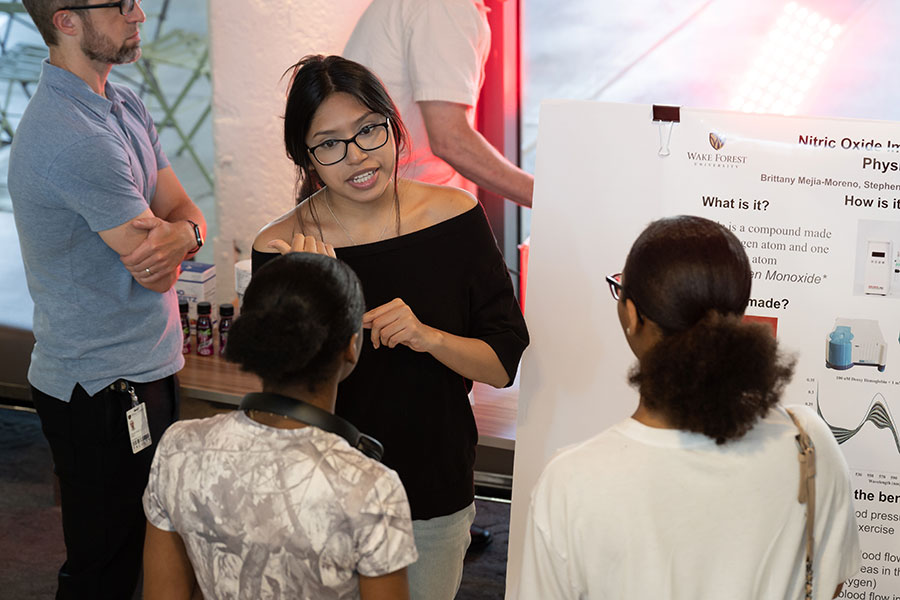Student Storyteller: Vanishing Ink
This summer I spent two months in Algeria studying a tattooing tradition that is quickly fading among an Amazigh (also called Berber) group, the Chaouia. Inspired by the tattoos on my Algerian grandmother’s face, I wanted to know more about how this custom began, and why it is disappearing.
My research led me to uncover that tattoos not only adorn the faces of Chaouia women, but also often hands, arms and legs. I learned that tattoos held multiple purposes, including beauty and health, were often given by gypsies called adasiya who most likely came from Tunisia, and that some symbols hold a likeness to tattoo symbols found in Iraq – 2,500 miles away.
It also became apparent how quickly the tradition is disappearing — for several reasons, including religious prohibition of tattoos by Islam. With the adasiya nowhere to be found and changing ideas about modern beauty, only the eldest generation of women now bear the tattoos that can be traced to a Middle Eastern tradition that is over 1,000 years old. In the near future, the tattoos may completely disappear among the Chaouia of Algeria.
For a long time, I found this deeply upsetting, even though it’s embedded in anthropology that cultures change. But through my interviews, I found that the fading tradition is not something the tattooed women themselves are actually saddened by. I will never forget the response one 90-year-old woman gave me when I asked her how she felt about the disappearance of the tattoos.
“We are fading. Our health . . . our dreams. Everything is fading, young girl,” she said.
In Chemora and throughout Algeria, I stayed with my family (I’m half-Algerian), and they were such a wonderful support system to have behind my work. They were constantly giving me input, finding sources and contacts, and took a genuine interest in what I was doing. Having them as a resource facilitated my project beyond what I could have ever imagined.
In addition to my family, my project wouldn’t be complete without the incredible 20 tattooed women I interviewed, ranging in age from 70 to 90. These women completely trusted me with photographs, voice recordings, and telling their story, which takes immense courage. They also showed me kindness and generosity, and those traits are probably the things I will remember about them the most. To share one example, I was a little bit sick on the day I did an interview with one tattooed woman named Rabaiya Zgrir. The next morning she walked by foot across town to bring me handmade bread prepared with barley, and I was better in no time.
These elderly women also happen to carry beautiful tattoos on their faces, like my grandmother’s. She was also one of my interviewees, and I learned so much about everything from tattoos to traditional jewelry from her.
This research wouldn’t have happened without Wake Forest’s Richter Scholarship and the Pulitzer Center on Crisis Reporting, both of which funded my work. This project not only combines the two grants, but connects two fields of study I am extremely passionate about: anthropology and journalism. It’s a fantastic feeling to see my anthropology major and minors in Middle East and South Asia studies and journalism come together so seamlessly for application in the real world.
Categories: Experiential Learning, Global Wake Forest, Inclusive Excellence, Leadership & Character, Research & Discovery, University Announcements
Media Contact
Wake Forest News
media@wfu.edu
336.758.5237



